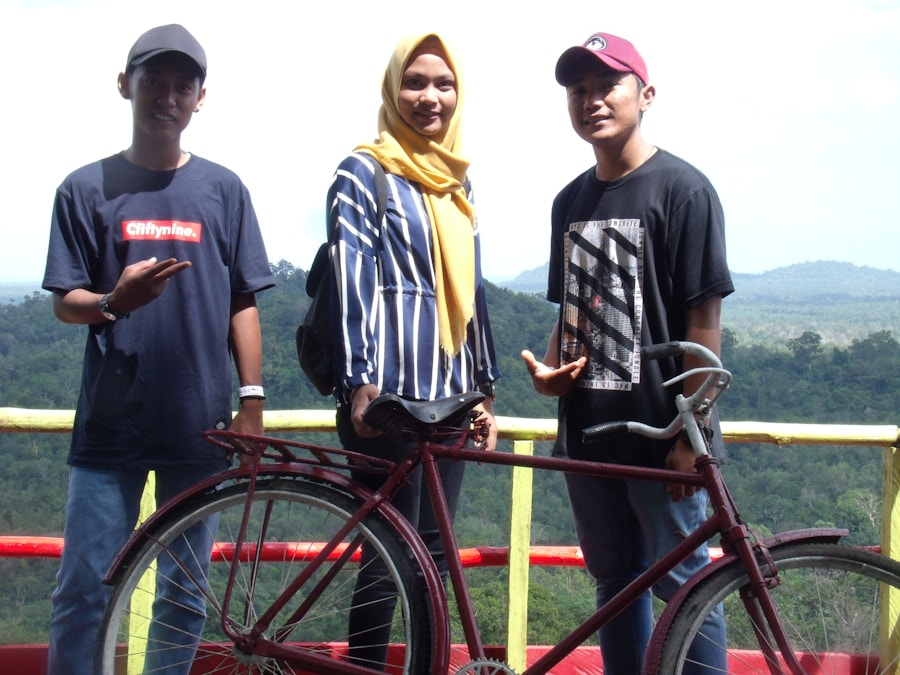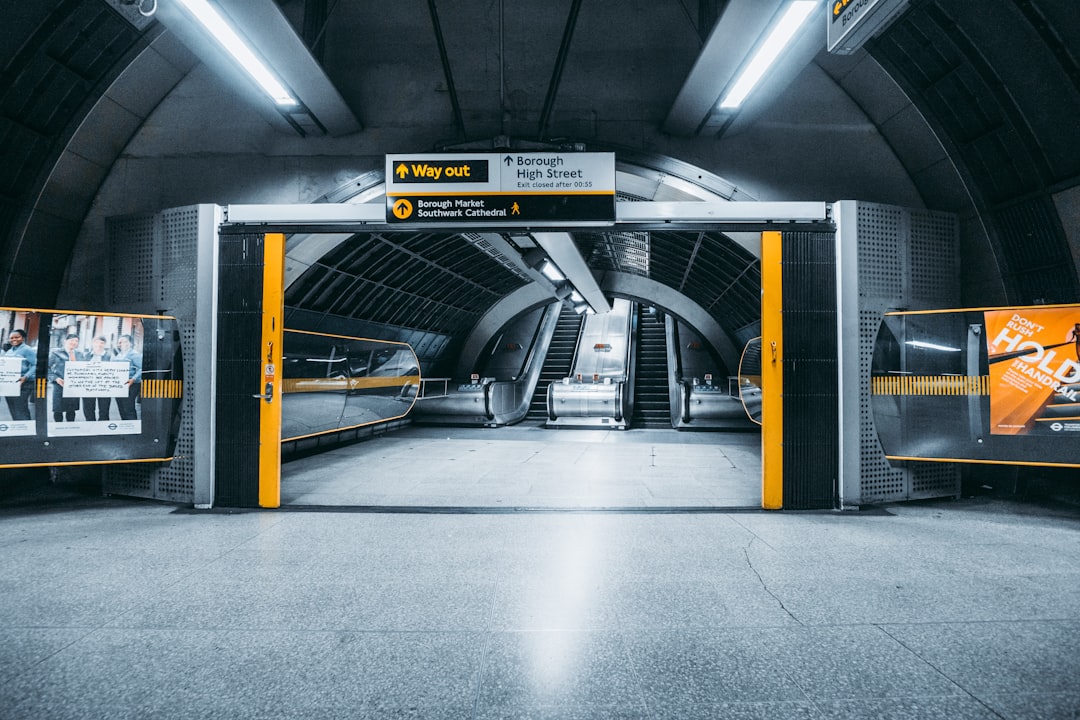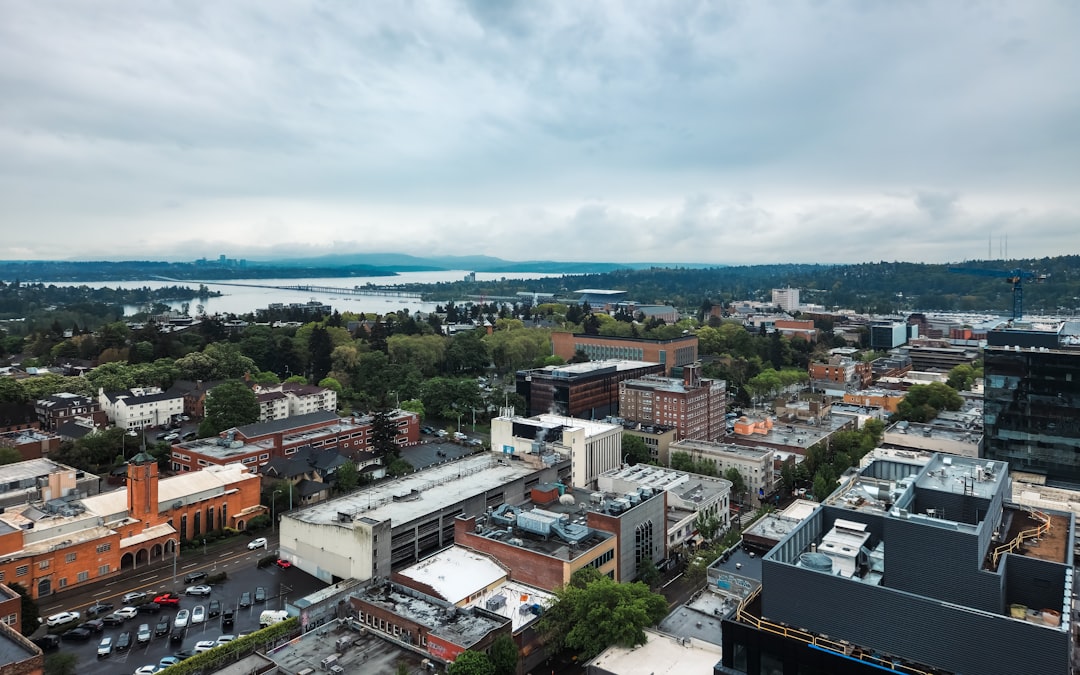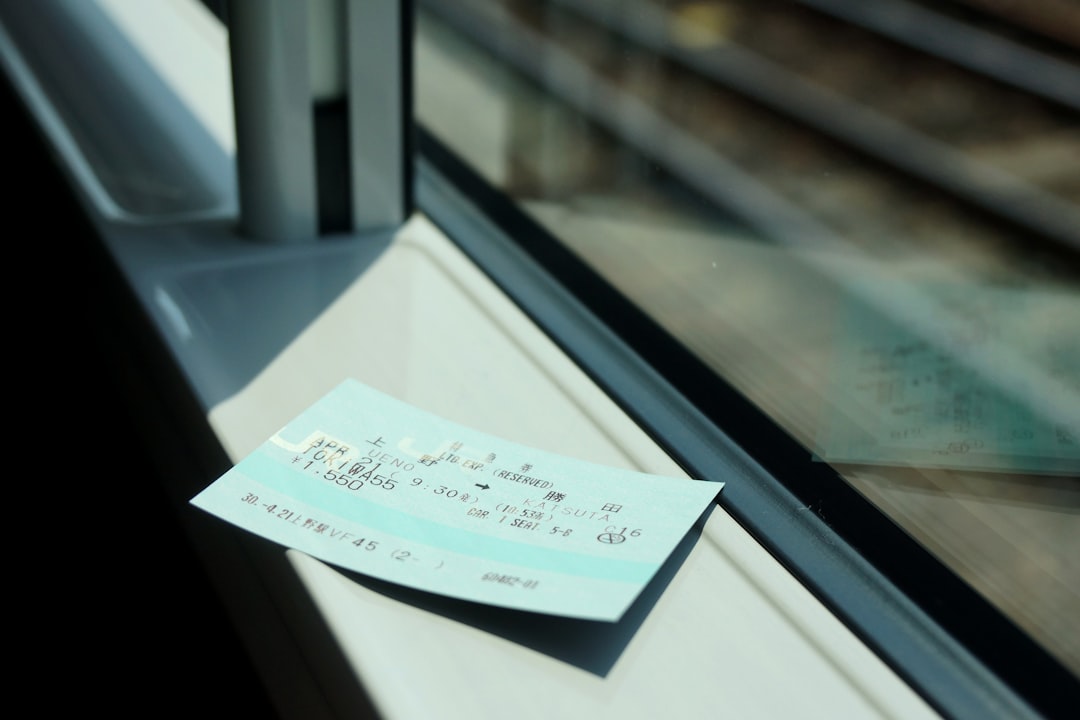When I first set out to choose the right touring bike for my adventures, I quickly realized that this decision would significantly impact my experience on the road. The world of touring bikes is vast, with various styles and specifications tailored to different types of journeys. I began by considering the type of terrain I would be traversing.
Would I be sticking to paved roads, or was I planning to venture into more rugged, off-road paths? This question guided me toward selecting a bike that could handle diverse conditions while providing comfort over long distances. I also took into account the bike’s frame material, which can greatly influence weight and durability.
Aluminum frames are lightweight and affordable, while steel frames offer a more robust build and a smoother ride, albeit at a heavier weight. After much deliberation, I opted for a steel frame, appreciating its resilience and ability to absorb shocks from uneven surfaces. Additionally, I paid close attention to the bike’s gearing system.
A wide range of gears is essential for tackling steep inclines and varying terrains, allowing me to maintain a steady pace without exhausting myself. Ultimately, I found that the right touring bike is not just about specifications; it’s about how well it fits my body and riding style.
Key Takeaways
- When choosing a touring bike, consider factors such as frame material, tire size, and gear range to ensure it suits your adventure needs.
- Essential gear and accessories for touring bikes include panniers, bike racks, a comfortable saddle, and tools for repairs on the road.
- When planning your touring bike adventure, research routes and destinations that offer scenic views, safe roads, and cyclist-friendly accommodations.
- To maintain and repair your touring bike on the road, carry a basic tool kit, spare parts, and learn basic maintenance skills before your trip.
- Staying safe and secure while touring on your bike involves wearing a helmet, using lights and reflective gear, and locking your bike when unattended.
Essential Gear and Accessories for Touring Bikes
Sturdy Storage: Panniers and More
These bags attach securely to the sides of my bike and provide ample storage for all my essentials, from clothing to cooking supplies. I chose waterproof panniers to ensure that my belongings remained dry, regardless of the weather conditions I might encounter.
Essential Repairs: Tools for the Road
In addition to panniers, I found that a reliable bike repair kit was indispensable. Flat tires and minor mechanical issues are almost inevitable during long-distance rides, so I made sure to pack tire levers, a patch kit, and a multi-tool. A portable pump was also essential; it allowed me to quickly inflate my tires without relying on gas stations or other facilities.
Comfort and Ergonomics
Beyond these basics, I also invested in a comfortable saddle and ergonomic grips to enhance my riding experience. Comfort is paramount when spending hours on the bike, and these small upgrades made a significant difference in reducing fatigue.
Planning Your Touring Bike Adventure: Routes and Destinations

As I began planning my touring bike adventure, I discovered that choosing the right routes and destinations was just as important as selecting the perfect bike. I started by researching popular cycling routes that offered scenic views and interesting stops along the way. Websites dedicated to cycling communities provided invaluable insights into lesser-known paths that promised breathtaking landscapes and unique experiences.
I found that mixing well-known routes with hidden gems added an element of surprise to my journey. I also considered the logistics of my trip, such as the distance I could realistically cover each day and the availability of accommodations along my route. Mapping out potential campsites or hostels helped me gauge how far I could ride without overexerting myself.
Additionally, I made sure to account for rest days in my itinerary, allowing time for exploration and recovery. The thrill of discovering new places while pedaling through diverse environments fueled my excitement for the adventure ahead.
Maintaining and Repairing Your Touring Bike on the Road
| Item | Frequency | Tools Needed |
|---|---|---|
| Tire Pressure Check | Every 2-3 days | Tire gauge, pump |
| Chain Lubrication | Every 200 miles | Chain lubricant, rag |
| Brake Adjustment | Every 500 miles | Allen wrench, screwdriver |
| Wheel Truing | As needed | Spoke wrench, truing stand |
| Gear Shifting Adjustment | Every 1000 miles | Phillips screwdriver, cable cutter |
Maintaining and repairing my touring bike while on the road became an essential skill as I embarked on my journey. I quickly learned that regular maintenance could prevent minor issues from escalating into major problems. Before setting off each day, I developed a routine of checking tire pressure, inspecting brakes, and lubricating the chain.
This simple practice not only ensured that my bike was in optimal condition but also gave me peace of mind as I rode through remote areas. When faced with unexpected repairs, I found that having a basic understanding of bike mechanics was invaluable. On one occasion, I encountered a stubborn flat tire in a secluded area with no nearby help.
Thanks to my repair kit and some prior knowledge, I was able to fix it myself and continue on my way. This experience taught me the importance of being self-sufficient while touring; knowing how to address common issues allowed me to feel more confident on my journey.
Staying Safe and Secure While Touring on Your Bike
Safety is paramount when embarking on a touring bike adventure, and I made it a priority throughout my travels. One of the first steps I took was investing in high-visibility gear, including reflective vests and lights for both my bike and helmet. Riding in low-light conditions can be hazardous, so ensuring that I was visible to motorists became a crucial part of my safety strategy.
Additionally, I familiarized myself with local traffic laws and cycling etiquette in each area I visited, which helped me navigate roads more confidently. I also took precautions against theft by securing my bike whenever I stopped for breaks or overnight stays. A sturdy U-lock became my best friend; it provided peace of mind knowing that my bike was less likely to be stolen while I explored nearby attractions.
Furthermore, I kept important documents like identification and emergency contacts in a waterproof pouch attached to my person at all times. These small measures contributed significantly to my overall sense of security while touring.
Tips for Packing and Organizing Your Gear on a Touring Bike

Packing efficiently for a touring bike adventure is an art form that I gradually mastered over time. Initially, I struggled with overpacking, bringing items that ultimately weighed me down without serving a significant purpose. To combat this, I created a checklist of essentials based on previous trips and experiences shared by fellow cyclists.
This list helped me prioritize what truly mattered: lightweight clothing, compact cooking gear, and necessary tools. Organization played a key role in maximizing space within my panniers. I utilized packing cubes to separate clothing items and keep them easily accessible.
Additionally, I stored heavier items lower in the panniers to maintain balance while riding. By carefully arranging my gear, I ensured that everything had its place, making it easier to find what I needed without rummaging through bags during breaks. This level of organization not only streamlined my packing process but also enhanced my overall efficiency on the road.
Training and Conditioning for Long-Distance Touring Bike Trips
Preparing physically for long-distance touring bike trips was an essential aspect of my adventure planning. As someone who had previously enjoyed cycling but never tackled extended journeys, I knew that building endurance would be crucial for success. To kickstart my training regimen, I gradually increased my weekly mileage, incorporating longer rides into my schedule while also focusing on varied terrains to simulate real-world conditions.
In addition to endurance training, strength exercises became an integral part of my routine. Core workouts helped improve stability on the bike, while leg exercises built the necessary muscle strength for climbing hills and maintaining speed on flat stretches. As my fitness level improved, so did my confidence in tackling longer distances without feeling fatigued or overwhelmed.
This preparation not only enhanced my physical capabilities but also mentally prepared me for the challenges ahead.
Connecting with the Touring Bike Community: Events and Resources
One of the most rewarding aspects of embarking on a touring bike adventure has been connecting with the vibrant community of fellow cyclists. From local cycling clubs to online forums dedicated to touring enthusiasts, these resources have provided invaluable support throughout my journey. Attending events such as bike expos or group rides allowed me to meet like-minded individuals who shared their experiences and tips for successful tours.
Online platforms have also proven beneficial in finding resources tailored specifically for touring cyclists. Blogs and social media groups offer insights into routes, gear recommendations, and personal stories that inspire new adventures. Engaging with this community has not only enriched my knowledge but has also fostered friendships that extend beyond cycling itself.
The camaraderie among touring cyclists is palpable; we share a common passion for exploration and adventure that transcends geographical boundaries. In conclusion, embarking on a touring bike adventure requires careful consideration in various aspects—from choosing the right bike to connecting with fellow enthusiasts along the way. Each step of this journey has taught me valuable lessons about preparation, resilience, and the joy of exploration on two wheels.
As I continue to ride into new horizons, I’m excited about the adventures yet to come and the stories waiting to be written along the way.











Leave a Reply